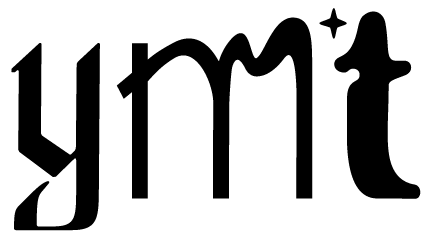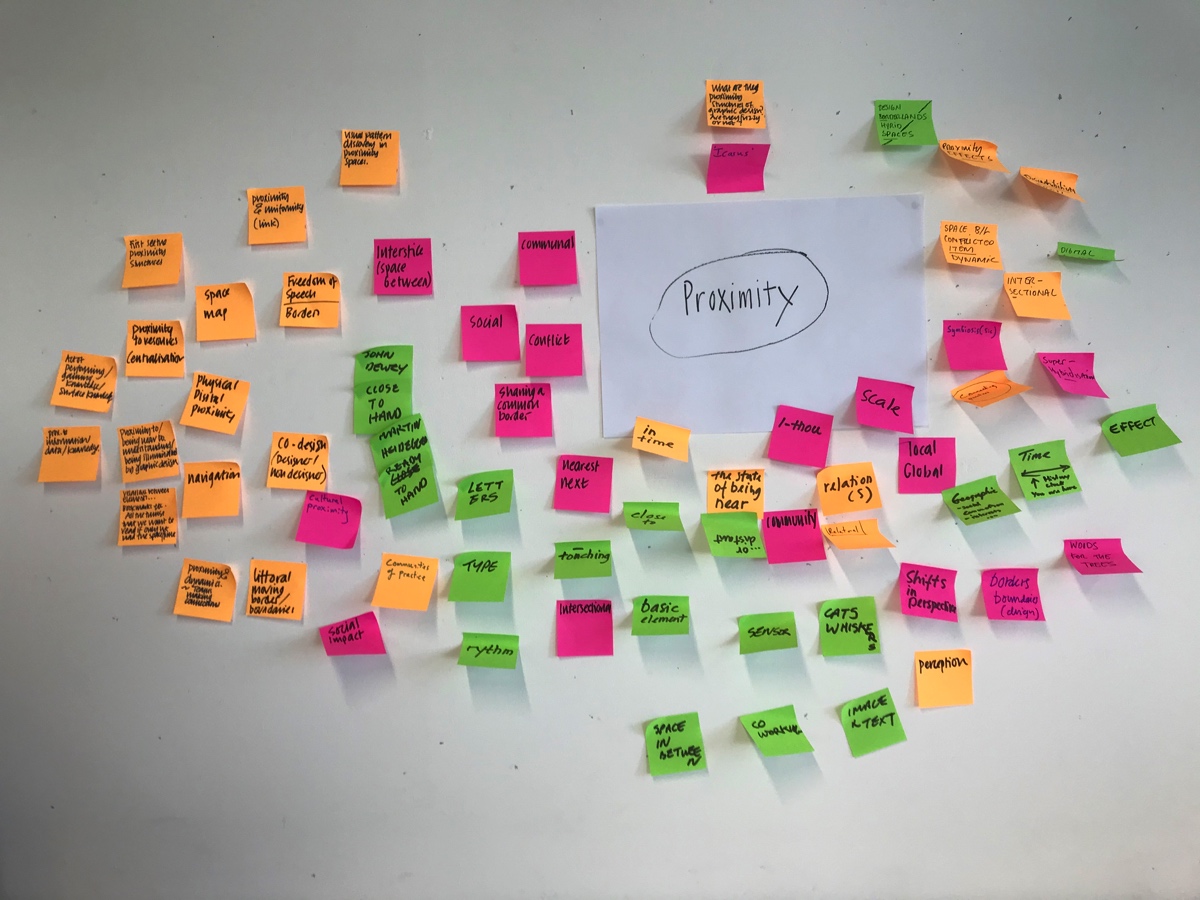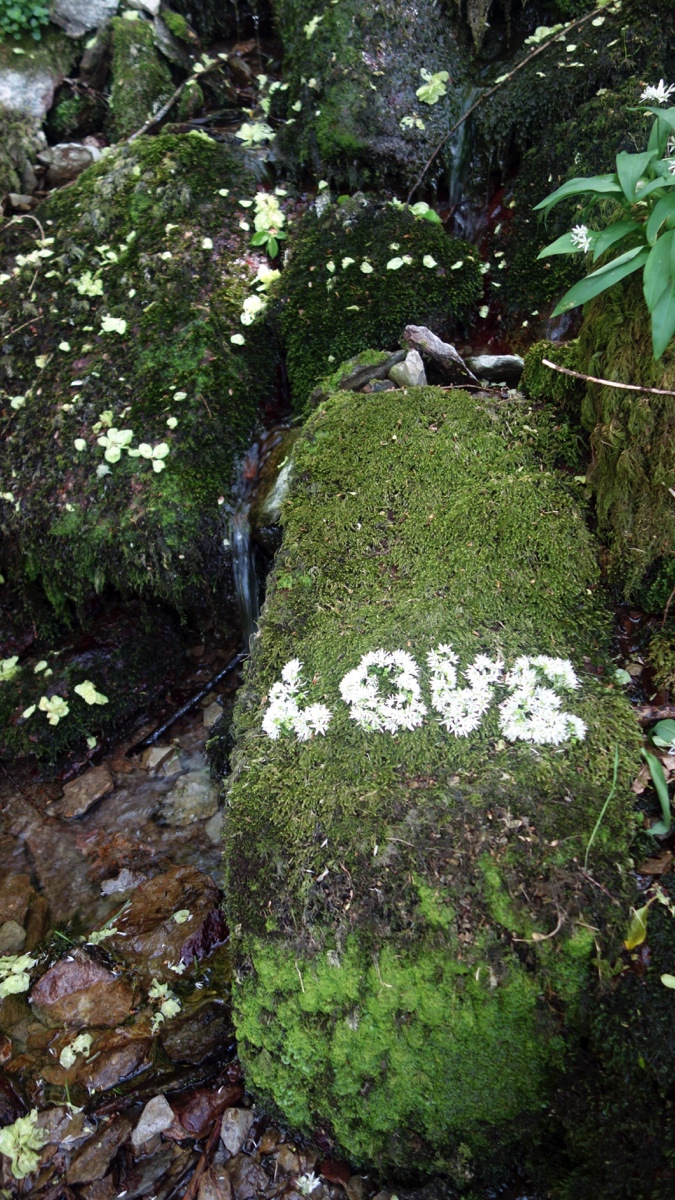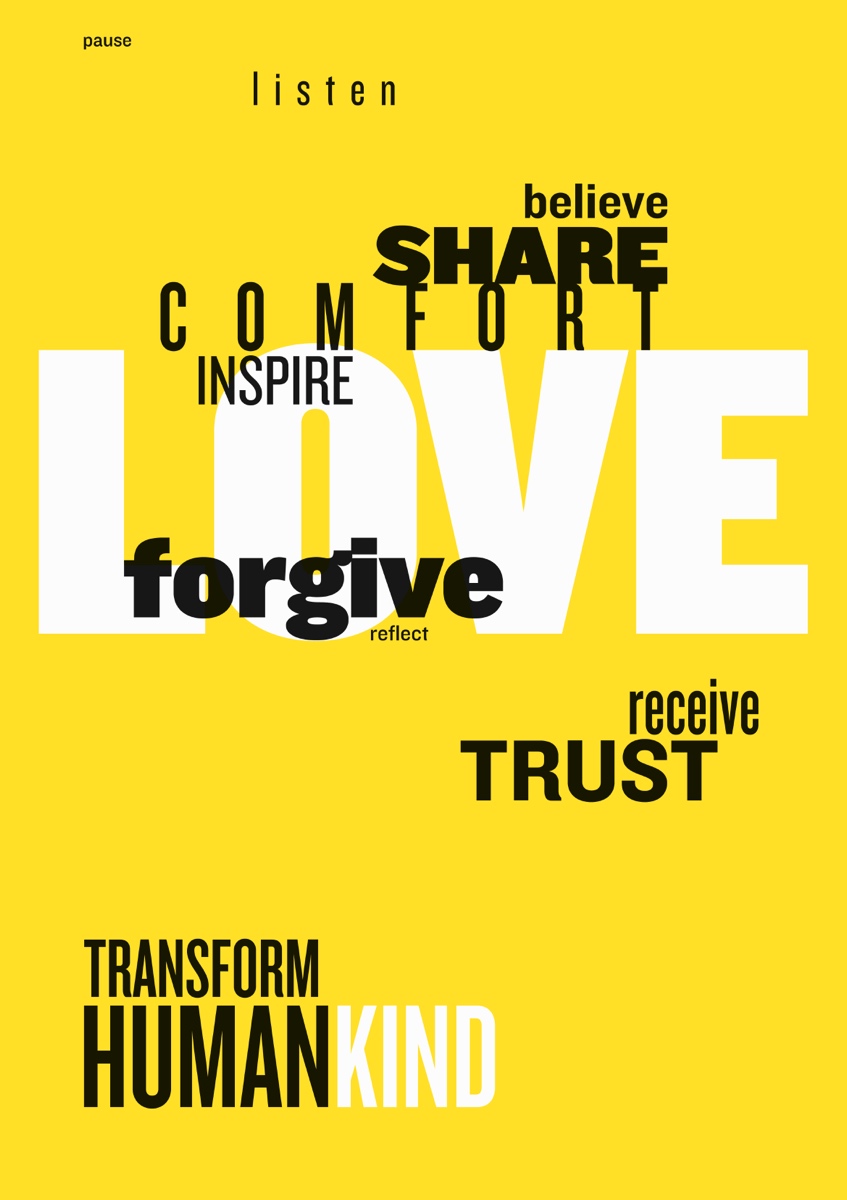Messages in a time of crisis
Graphic communication design a change of tack?
The new normal – a shift of focus?
Emerging from one host. A silent transference, allegedly slow but actually at speed, gaining momentum. Propelling courageously and strategically from one, to another… Multiplying, invading, conquering. We are but mere pawns in a highly merciless game of chess.
Graphic communication design - A shift of understanding?
A concept emerging from one. A transference and sharing to another, gaining momentum connecting. Propelling courageously and thoughtfully from one, and onward… Multiplying, developing, inviting. A sharing, a belief, a trust.
SARS-CoV-2, Coronavirus, Covid-19. Some of the tiniest microbes on earth, evolving, mutating. Seemingly far-flung, but could be near, at hand. An enemy, silently, wordlessly, active, evolving, present, igniting and erupting repeatedly. Striking hearts and leaving a trail of destruction, anxiety, fear. Take one breath after another and mark time…
Graphic Communication Design. Some of the principal messages on earth, communicating, transferring, enlightening. Seemingly local, but sent across the planet at speed. An ally, using words, images, igniting and generating response. Striking hearts and leaving a trail of emotions, behavior changes, goodness. One message after another with no delay…
And so, it silently creeps… Is it in close proximity? Are we easy targets for the silent king? When will it come to host in us? Have we finally met a more intelligent entity than ourselves?
And so, it changes lives… Is it breaking down boundaries? Where are the challenges still to conquer? When will we see the impact? Can graphic communication design be the intelligence we need to make change?
The world has changed. The quiet one knows no borders, diversity, race, class, gender, law… The earth is one body to the king. One mind, one soul. A holistic being. It is us that are a step apart, causing calamitous destruction to the blue planet, its environments, inhabitants and to ourselves.
The world has changed. We struggle with hostility surrounding borders, race, class structures, gender, diversity and law… But the earth is one body, one mind, one soul. A holistic being. Can graphic communication design act as the intermediary, bringing hope and transformation to the blue planet, its environments, inhabitants and ourselves?
Now selected as host. Reproducing, re-creating, mutating, re-living. Acknowledging limits, mortality.
Used for good? Re-connecting, re-framing, speculating, co-creating, caring. Re-imagining the future.
Being enlightened to what we are. To who we long to be.
Being enlightened to what we can be as designers. To the impact we can make.
Do we now understand?
For to design, is to understand?
We have all been affected by Covid-19 in one way or another.
Some individuals have immersed themselves in the technical revolution of teaching and designing over Zoom, others have used this time of crisis to deeply reflect through their creativity on why they are here,the purpose of life, and to mourn for the world that we once knew. For others, they have taken time to connect through their design practice, supporting others, finding meaning and sureness in a world of unknowns.
This short narrative tells of the thoughts and happenings that led to the Message journal’s Covid-19 Special Issue, a journal, that will in a few weeks be accessible as a free PDF download. It will capture an unimaginable historic moment; events, collaborations, co-creations and graphic design that is intentional and meaningful.
Message
Message is an international peer-reviewed research journal. It explores, questions and challenges the nature and boundaries of Graphic Communication Design. Its values, roles, tools, practices, outputs,contexts and effects. As editors we aim to explore and challenge the boundaries of visual communication, investigate and develop the use of technology and question visual communication values, such as social, ethical and sustainable practices.
The diary of a Message editor
It was the 28 day of January 2020.
Venue: The University of Plymouth.
Message (graphic communication design research) journal editors from Bergen and Plymouth co-identify themes surrounding ‘Proximity’ (Figure 1) for Issue 5 of the Message journal.
“Social, communal, local, global, close at hand… Borders, conflict, freedom of speech… Physical distance, map, space Shifts in perspective…”
[October 2021] The irony of these words now creates a bitter taste.
The 25 day of May 2020
Venue: Zoom
Message editors connect to discuss Message Issue 5. We ponder, question and identify our shared experiences of Covid-19.
Lockdown has brought space, quietness, time. Our overly complex world is suddenly, on the face of it, simple. We love and know what it is like to be loved (Figure 2).
We reflect on our current situations, our teaching and creative practice.
A colleague, Dr Sophie Homer from Psychology and I are co-creating a project entitled Love Letter, where we are integrating perspectives from psychology and graphic design to shift focus from a conventional consumerist output to a caring graphic design response; aligning the frame of reference to designing for good. (Figure 3) Love Letter is an invitation to pause, contemplate and rekindle kindness during the Covid-19 crisis. Love Letter acknowledges shared anxiety due to uncertainty and the stresses of social distancing measures but sends a positive and uplifting message about humanity and the power of kindness.
We have decided to use a method of slow design, where through regular discussion the words can reveal themselves, we expand upon what we already know, reflect upon the design, take time to probe and ponder, where new ideas emerge, engage in others knowledge, participate through regular dialogue, and felt liberated through having a common faith that the work will evolve naturally through the process.
We can send positive messages into the world, but I begin to question, can graphic design care? And if so, what does caring graphic design look like?
I reminisce on a paper written by Lancaster University “The Lancaster Care Charter” (2019), which argues “design as a gesture, tool and means of analyzing and synthesizing further visions is best placed to serve as a means for developing ways of caring better for our world, our cities, our livelihoods, our relationships and for each other”.
As an editor of Message, I believe that we must strive to listen, look and see the context of the pandemic and its expressed needs - a relational view of caring. Through this, we (the Message journal editors) can recognise that it is not only us that wish to, in some way, address the pandemic as we care, but there are others who want to respond to this unprecedented situation also.
“Designing-with-care meets people, things, and situations as they are; caring for the dynamism of difference and celebrates diversity and fluidity, operating inclusively and leaving the processes and products of design open and transparent”.
We are not the designers as heroes, we are designers with humble views, recognizing that we need a variety of perspectives to make sense of the complexity that Covid brings.
The Message journal Covid-19 Special Issue is conceived.
The 5th day of February 2021
Venue: Zoom
The Message Special Covid-19 Issue will be a little different to other Message journals as we will be publishing the visual insights, plus thoughts and reflections from 2020/21 and beyond in their submitted state. We are not going to design the publication, but will use submissions as they are received, giving a greater insight into how the contributor wishes to communicate their findings.
This issue will set out to capture, investigate, interrogate and illuminate how Covid-19 and measures such as lockdown, isolation and social distancing, et al, may have impacted on graphic communication designers and their practice. We also wish to capture a varied mix of visual insights, anecdotes, praise or critiques relating to how the crisis has been addressed, personally, locally, nationally and/or globally. We know that individuals within challenging situations have often pursued solace through “making” and using their creativity. It is this that we seek for this special issue, to collate and share.
The 20th day of May 2021
A call for contributions has been posted.
We plan to capture a significant period of contemporary history from a Graphic Communication Designer’s perspective, with an intention of publishing the raw or polished contributions with an editor’s commentary in 2021. This curated collection might also form the basis of further research studies by the Message research group, University of Plymouth and KMD University of Bergen.
We ask, with what, why, and how have you responded through Graphic Communication Design to the pandemic and related / unrelated events and what has unfolded?
How in this time of crisis have you, and we as a community, taken time to help ourselves and our health, in order to support ourselves and others to become more resilient?
The 15th day of October 2021
As editors, we always intended this Message special issue to become a piece of research in and of itself.
We are capturing, curating (as I write), contextualising and will publish a varied and eclectic range of responses from graphic designers, visual communicators, illustrators, et al. The aim of this research is to unfold and discuss how our discipline may have changed or be changing, then project and speculate how it may develop and be best utilized in the future.
Insights to date: 50+ contributions
Barbados, Canada, Finland, Germany, India, Ireland, Italy, Netherlands, Norway, Romania, Singapore, UK, USA.
The curation of this Message special issue is currently being undertaken, however there are already themes that are bubbling to the surface.
We use graphic communication design for reflection
Some of the Message contributors have used graphic communication design to gain an insight into their situation; doing the best for students, seeking refuge when times are hard, struggling and trying to keep up, creating to alleviate fear, isolation, confusion and vulnerability. These are individuals who use their design practice to reflect and unlock thoughts back to themselves, and to gain further insights into their situation.
We use graphic communication design to gain understanding
A few contributors have been gaining further understanding of their lives during the pandemic through data visualisation, studying the numbers and interpreting them visually. Others are using illustration and humour when identifying and recording key moments.
We use graphic communication design to connect
Community has been high on the list of priorities for some of our contributors. During periods such as lockdown they have been communicating what is happening within community, to the community. There are projects which have been expanded to include international partnerships. Some have sought new ways to connect online. Others are sending positive messages to friends, family and colleagues, to enable connection, adaption, belonging, recognition, acceptance. A few have visualised connections and lessons learned from journeys of the past.
We use graphic communication design to co-create
To care and to be relational; Co-creating a public canvas that changes every few weeks, a ‘graphic medicine’ comic, graphics and ballet students visualising music through graphics and live performance, an engineer and a graphic designer cultivating a community. These contributors ensure that voices are heard, goodness is brought to those involved and the audience.
We use graphic communication design for good
We are seeing a greater number of graphic communication design solutions that are for the good of others. I continue to hope that we do not have to face a bitter reality where design cannot do what we wish for. Some of our contributors have identified situations where graphic communication design can make a difference to people’s lives; environmental disasters, humanitarian relief, mask wearing.
As the Lancaster Care Charter writes; “We call for a world in which to be, is to care; an existence where caring is a given in relation to all others. To design is to make a difference in the world and in relations”.
To find out more information about Message visit: https://www.plymouth.ac.uk/research/message-journal
The Lancaster Care Charter (2019), Design Issues: Volume 35, Number 1, Winter 2019, https://doi.org/10.1162/desia00522 . Accessed 20 October 2021


